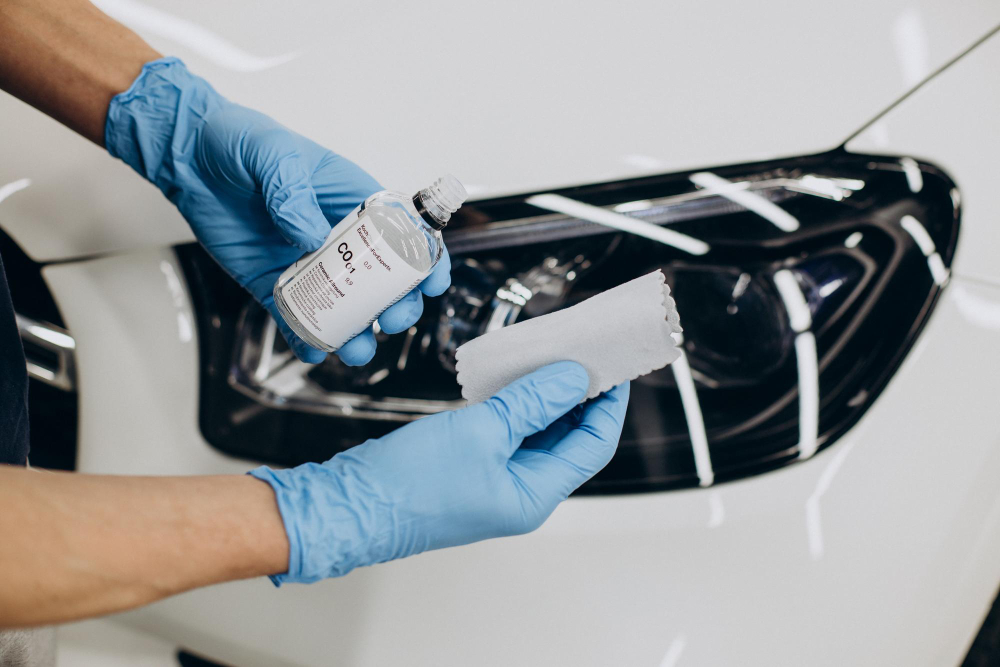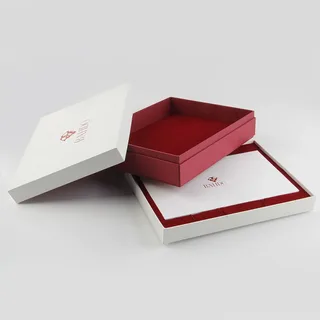When it comes to maintaining your car’s pristine look, Calgary drivers often face a dilemma: Ceramic Coating vs. Traditional Wax. These two options offer different benefits and drawbacks, making the choice a bit challenging. In this comprehensive guide, we will delve into the key differences between ceramic coating and traditional wax, helping you make an informed decision that best suits your needs.
Introduction
In the vibrant city of Calgary, where weather conditions can vary dramatically, keeping a car in excellent condition is no small feat. From snow and ice in winter to intense sunlight in summer, your vehicle’s exterior faces constant challenges. Maintaining its shine and protecting the paintwork are essential to preserving its value and aesthetic appeal. Two popular methods for achieving this are ceramic coating and traditional waxing. But which is better suited for the unique conditions in Calgary? This article will explore the advantages and disadvantages of each, offering insights that cater specifically to the needs of Calgary drivers.
Understanding Ceramic Coating
Calgary ceramic coating has gained immense popularity in recent years, and for good reason. This advanced paint protection method involves applying a liquid polymer to the car’s exterior. Once cured, the coating forms a permanent or semi-permanent bond with the paint, creating a layer of protection that enhances the vehicle’s appearance and durability.
How Does Ceramic Coating Work?
Ceramic coatings work at the molecular level, bonding with the vehicle’s paint to create a protective layer. This layer is incredibly hard and resistant to environmental contaminants such as bird droppings, road salt, and UV rays. The technology behind ceramic coatings relies on nanotechnology, which allows the coating to fill in microscopic imperfections in the paint, resulting in a smooth and glossy finish.
Benefits of Ceramic Coating
- Durability and Longevity: Unlike traditional wax, which can wear off within weeks, ceramic coatings can last several years with proper maintenance. This longevity makes it an attractive option for drivers looking for a long-term solution.
- Superior Protection: Ceramic coatings offer exceptional resistance to environmental damage. They protect against UV rays, oxidation, chemical stains, and even minor scratches. For Calgary drivers, this means less worry about harsh winter conditions or summer sun damage.
- Enhanced Appearance: The hydrophobic nature of ceramic coatings ensures that water and dirt easily slide off the surface. This property keeps the car looking clean and shiny with minimal effort. The deep gloss finish also enhances the vehicle’s color and shine.
- Ease of Maintenance: With a ceramic coating, washing your car becomes a breeze. The coating’s smooth surface makes it difficult for dirt and grime to stick, reducing the need for frequent washes.
Drawbacks of Ceramic Coating
While ceramic coatings offer numerous benefits, they are not without their drawbacks. The initial application can be costly, especially if done professionally. Additionally, while the coating is durable, it is not immune to damage. Deep scratches or chips may require reapplication in specific areas.
Traditional Wax: A Classic Choice
Traditional wax has been a staple in car care for decades. Made from natural or synthetic waxes, this method involves applying a thin layer to the car’s paint, which is then buffed to a shine. While it doesn’t offer the same level of protection as ceramic coatings, wax still has its own set of advantages.
How Does Traditional Wax Work?
Traditional wax works by creating a sacrificial layer on top of the paint. This layer provides a temporary shield against environmental contaminants, enhancing the car’s shine and color depth. Wax can be made from natural ingredients like carnauba or synthetic compounds, each offering different levels of protection and gloss.
Benefits of Traditional Wax
- Affordability: Traditional wax is significantly cheaper than ceramic coatings, both in terms of product cost and application. This makes it an accessible option for many car owners.
- Ease of Application: Applying wax is relatively simple and can be done at home with minimal equipment. This DIY aspect appeals to those who enjoy hands-on car care.
- Warmth and Shine: Wax imparts a warm, glossy finish that enhances the car’s color. For those who prefer a classic, polished look, wax delivers an aesthetically pleasing result.
- Flexibility: Unlike ceramic coatings, wax can be applied as frequently as desired. This allows for more control over the car’s appearance and protection levels.
Drawbacks of Traditional Wax
The biggest drawback of traditional wax is its short lifespan. Depending on environmental conditions and usage, wax can wear off in a matter of weeks. This necessitates frequent reapplication, which can be time-consuming. Additionally, wax offers limited protection compared to ceramic coatings, making it less effective against harsh weather and contaminants.
Ceramic Coating vs. Traditional Wax: Which Is Better for Calgary Drivers?
Choosing between ceramic coating and traditional wax largely depends on your specific needs and budget. For Calgary drivers, where weather conditions can be extreme, the enhanced protection and durability of ceramic coatings make them an attractive option. The ability to withstand UV rays, resist chemical stains, and repel water and dirt are significant advantages in a city known for its diverse climate.
However, if you’re looking for a more affordable, DIY-friendly solution and enjoy the hands-on process of car maintenance, traditional wax might be the way to go. It provides a beautiful shine and allows for frequent touch-ups, perfect for those who love to keep their car looking its best.
Maintenance Considerations
Both ceramic coatings and traditional wax require maintenance, though the level of effort and frequency differ. Ceramic coatings, while durable, still need occasional touch-ups and careful washing techniques to maintain their effectiveness. On the other hand, wax needs to be reapplied regularly, especially after washing or exposure to harsh conditions.
Cost Implications
Cost is a significant factor when deciding between these two options. Ceramic coatings involve a higher upfront cost but offer long-term savings due to their durability and low maintenance needs. Traditional wax, while cheaper initially, may incur more frequent costs over time due to the need for regular reapplication.
Ceramic Coating vs. Traditional Wax: A Personal Decision
Ultimately, the choice between ceramic coating and traditional wax comes down to personal preference and lifestyle. For Calgary drivers who want long-lasting protection with minimal maintenance, ceramic coatings offer superior benefits. However, for those who enjoy the tactile experience of car care and prefer a lower upfront cost, traditional wax remains a viable and popular choice.
Conclusion
In the debate between Ceramic Coating vs. Traditional Wax, there is no one-size-fits-all answer. Both methods offer unique benefits and come with their own set of challenges. For Calgary drivers, the decision hinges on factors such as budget, willingness to maintain the vehicle, and desired level of protection. Whether you opt for the advanced protection of ceramic coatings or the classic appeal of traditional wax, maintaining your car’s exterior is crucial to preserving its value and appearance.


